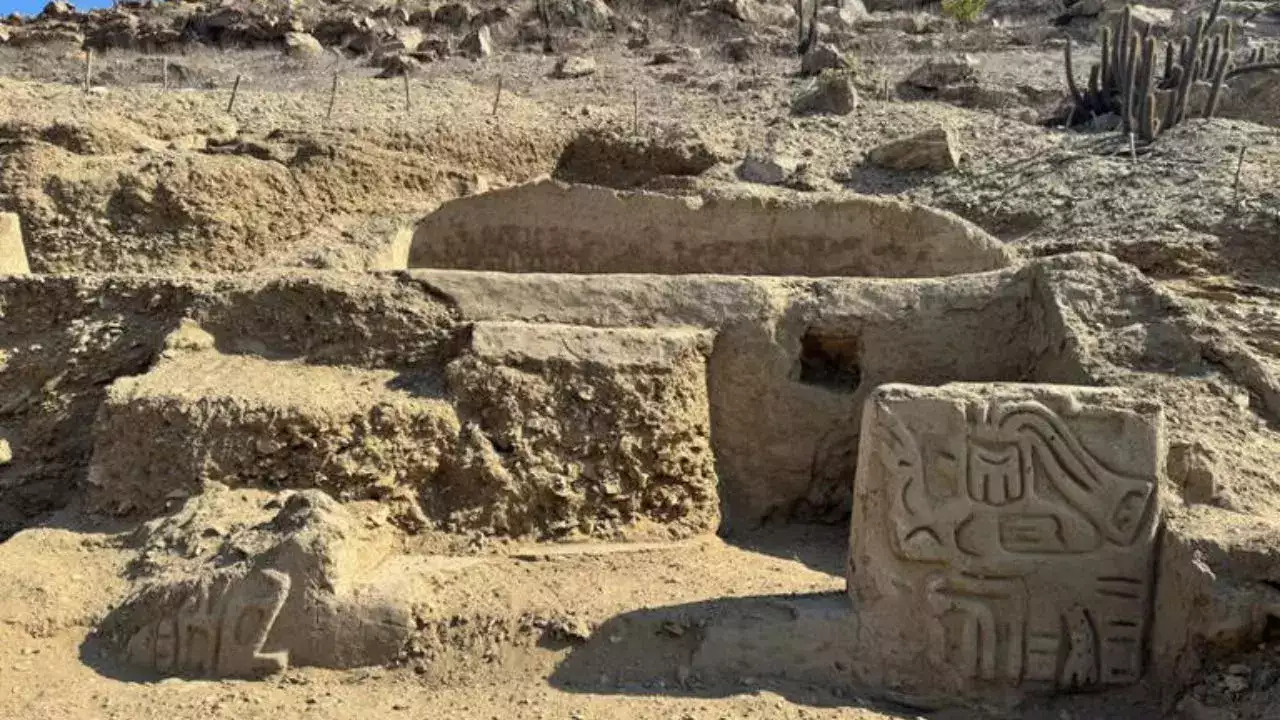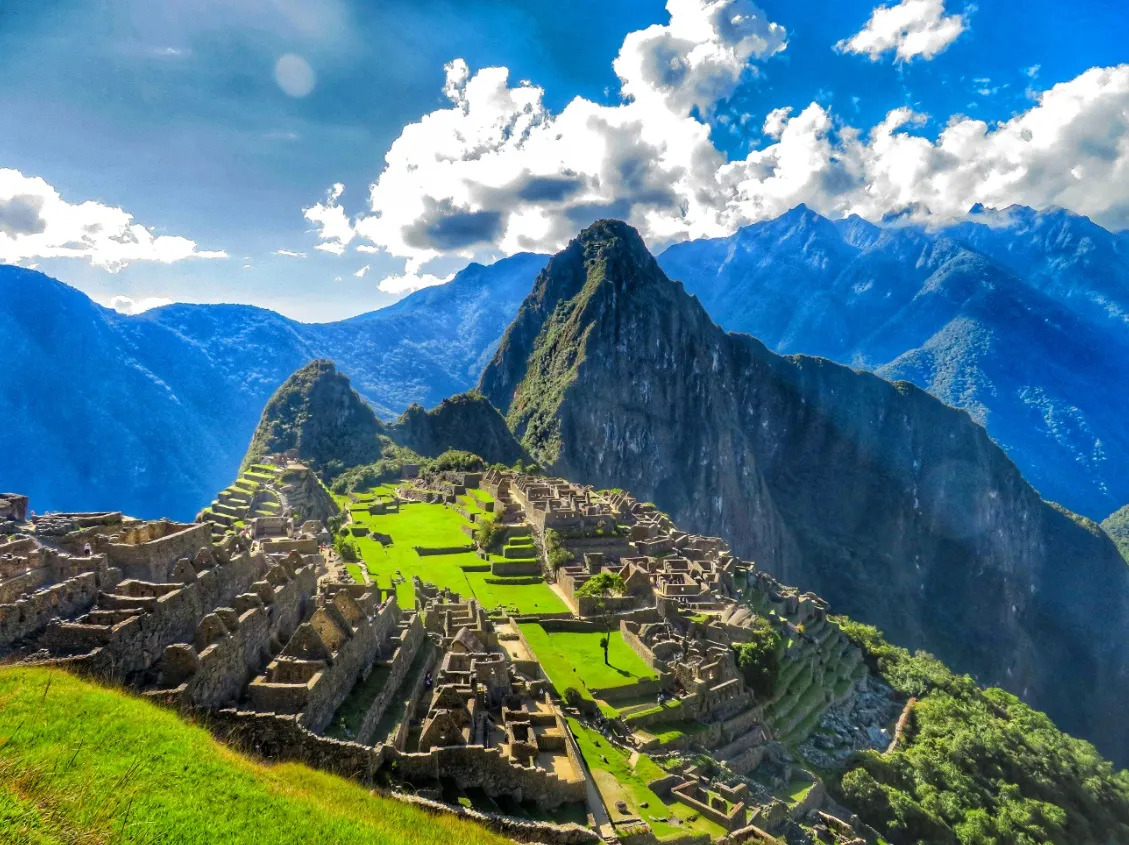In the heart of the mysterious Andes, beneath the dust of time and the stillness of Peru’s coastline, lies a secret dating back 4,000 years. Imagine standing in a place where history seems to breathe, where ancient stones whisper tales of rituals and beliefs from a long-forgotten people. This is exactly what a team of archaeologists uncovered in 2024: a ceremonial temple and a small theater, dating back to the Initial Period (2000-900 B.C.), believed to precede Machu Picchu by over 3,500 years.
A Journey Back in Time: The Ceremonial Temple
About six feet below the surface of a seemingly ordinary plot of land near the town of Zaña, researchers began excavating, unaware that the site held an underground world of religious power and significance. The discovery of mud and clay walls revealed the first part of a temple, which likely extended far beyond what has been uncovered, perhaps even built into the mountainside itself. Imagine walking among those ruins: every stone, every wall tells the story of a people who worshiped deities tied to nature and the rhythms of the cosmos.
But it isn’t just a sacred structure. The temple sits next to a ritual theater, where ceremonies and performances would have been held in front of a select audience. These weren’t mere exhibitions; they were symbolic acts, where gods were honored through theater—a primal language blending art with spirituality.
Statues, Myths, and Revealed Secrets
The mystery doesn’t end there. During the excavation, large murals decorating the temple’s walls were uncovered, showcasing a culture that not only built but expressed its spirituality through visual art. Among these images, one particular painting stands out: a mythological figure resembling a bird-like creature, which seems to be a key to understanding the religion of this ancient civilization. This figure is similar to those found in the Chavín culture, a people who lived centuries later, but who may have had roots in these very lands. The intensity of these discoveries opens a window into the past, shining new light on the possible origins of Andean religions.

Human Remains and the Connection to Funerary Rituals
At the heart of the temple, another fragment of history was revealed: human remains of three adults, buried with ritual offerings, as though preparing for their journey into the afterlife. One of the burials showed a body wrapped in cloth, accompanied by an offering. The mystery of these burials makes us ponder the connection between the living and the dead, and the importance of paying homage to the departed through rituals that continue to elude us.
Source https://www.youtube.com/@NewsNation
A New Chapter in Andean History
At 4,000 years old, what remains of this temple and culture is a powerful testament to how ancient Andean civilizations lived and related to the divine. Although we don’t know what these people called themselves or how others referred to them, their legacy speaks for them. The stones and paintings they left behind are their language—a language that today we can finally begin to understand.
This discovery is not only an assertion of how advanced pre-Inca religious culture was. It is a gateway inviting us to enter an ancient, mysterious world filled with cosmic connections, where humans sought to commune with the forces of nature through ritual, art, and theater. The temple and theater of Zaña are now witnesses to a culture that, for too long, remained hidden.
A Story That Never Ends
In 2024, archaeology gifted us another grand adventure. The discovery of this ceremonial temple and its theater is just the beginning of a new era for the study of ancient Andean civilizations. As researchers continue to dig and decode the secrets of this site, we realize that history is never truly finished. Every excavation, every find, brings us back to those distant days when men and women sought to understand the world with the same curious eyes we look through today. And who knows what other secrets might still be buried beneath the sands of the Andes.








Leave a Comment